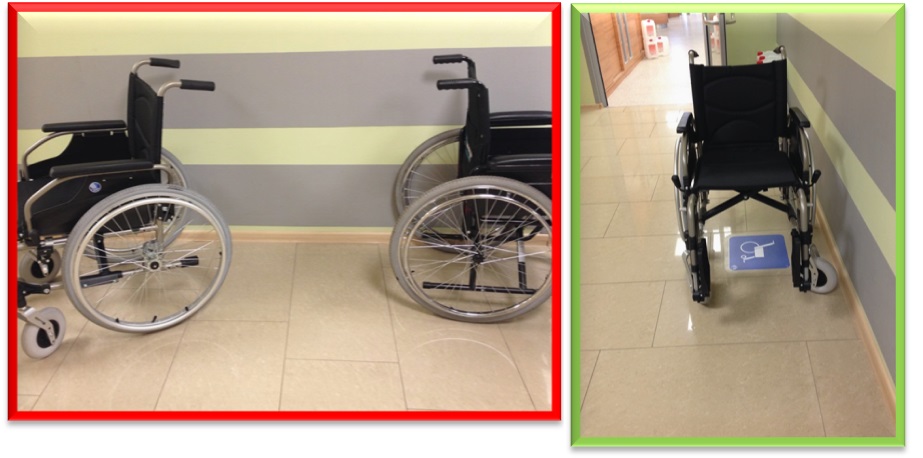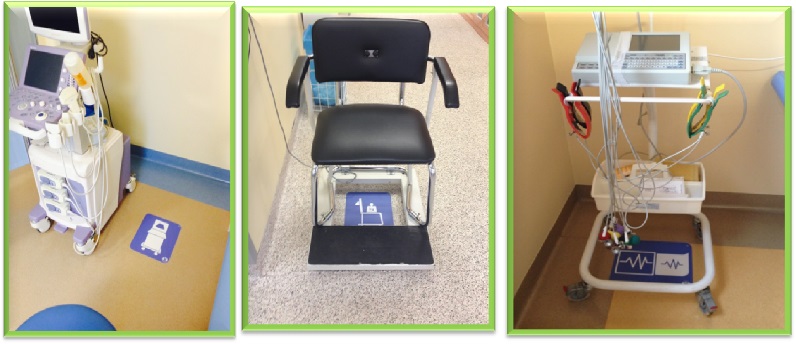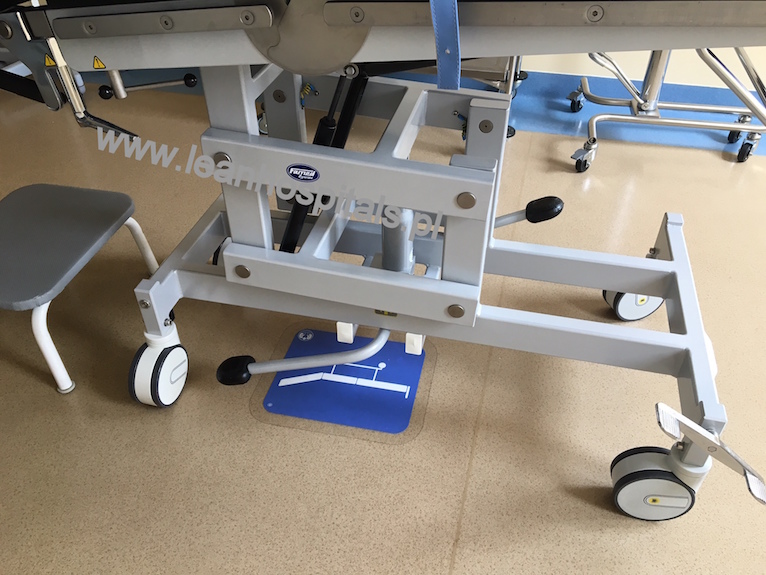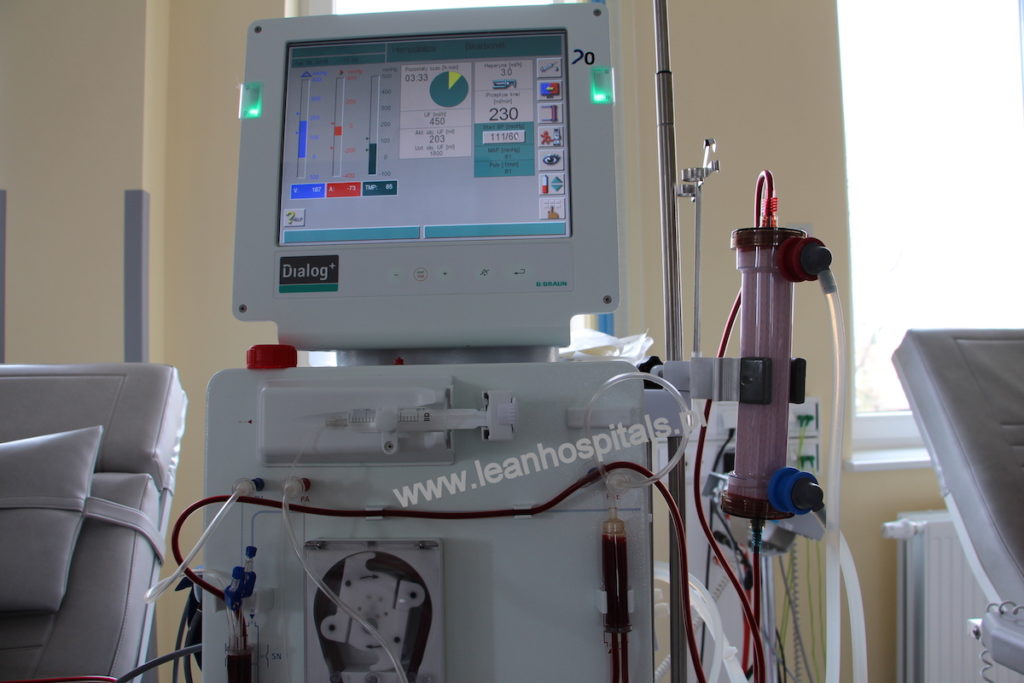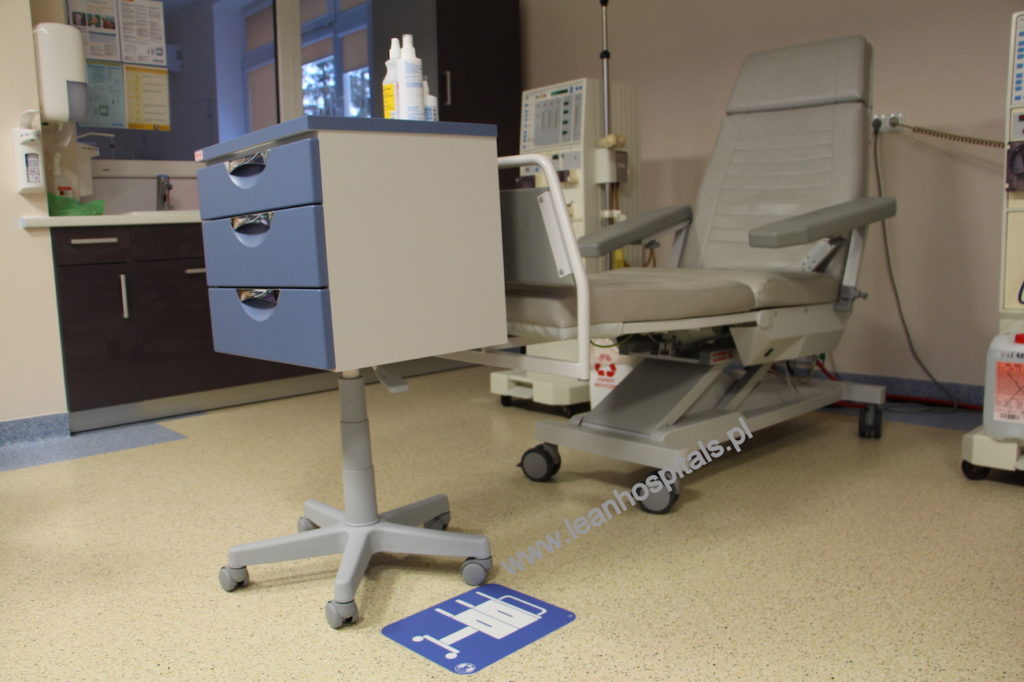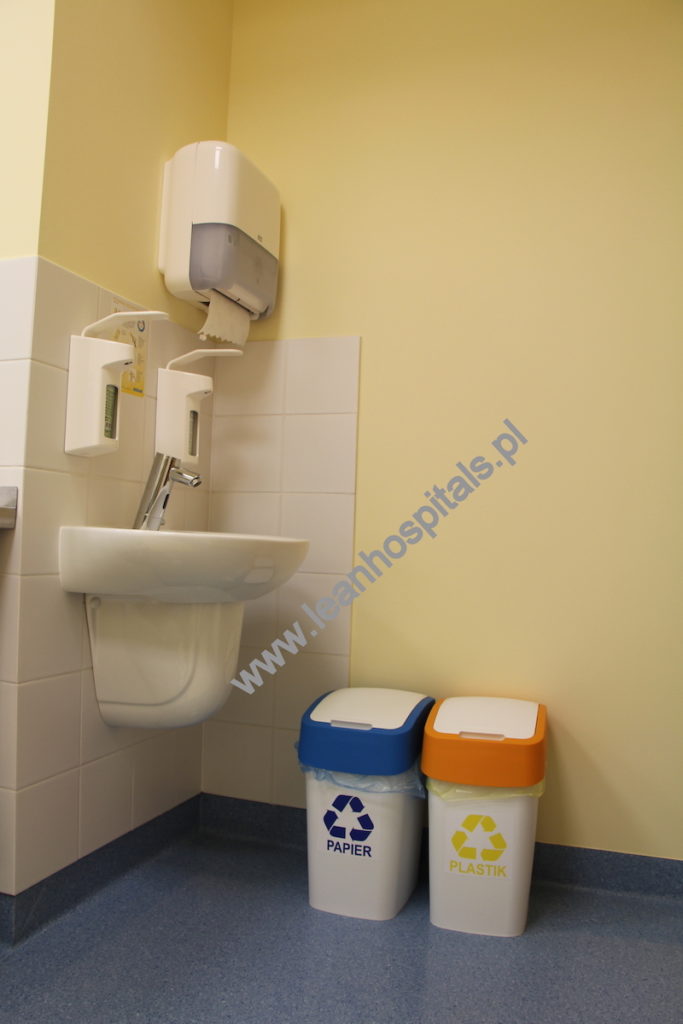Archiwum dla miesiąca: April 2015
KANBAN system
Ordering stockroom supplies by use of KANBAN cards
It’s a simple stock logistics system and manufacturing management geared towards optimization of information flow and any kind of stock during a process. Basically, it refers to resource management in order to provide necessary quantities always on time, triggered by the KANBAN card and its appropriable indicator signal. When it comes to manufacturing, it was always considered one of the most popular tools to resource management. By minimizing stocking area it enables necessary resources to arrive on time according to formerly placed order. Kanban also bases on a crucial method called pull system. It means that demand of a product is raised in a practical moment with its precise quantity.
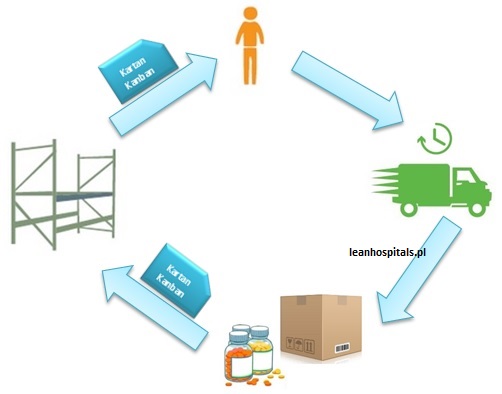
Speaking of management system, it’s completely new to the services area. No analogy to manufacturing makes it extraordinarily responsive towards specific branch. Most present in hospitals storerooms to provide dressings, disposable materials, medical equipment and medications. Under no circumstance should supplies reach their limit. The possible risk can even result in disruption of medical service. In other words, cause patients death or complications. In terms of medical branch, kanban system turns up to work outstandingly in storerooms equipped with disposable materials and medications.
How do we practice this approach?
Within an entirely organized stockroom each material has its assigned location, so called address. Material names are described on a wall, shelves and containers. Quantity is assessed according to current consumption. Minimum stock is crucial to regulate process performance and order supplies to have it received on time:
Due to specificity of medical service and its precariousness, process can turn out to be patchy, our safety stock can vary. Stock minimum can be visualised in various ways – red line on a wall, shelf or special container. Each resource is given a KANBAN card. If one can note minimum stock level indicator the kanban card should be collected and succeeded by placing an order.
Advantages:
- optimum quantity of supplies
- proper storage area management
- no outdated item
- simple visual management
- uninterrupted information flow
There are many advantages but the most important is the continuity of medical process. If stockroom always ensures minimum supplies the safety has its maximum level. All in all, safety of process and medical staff confidence are to reduce risk.
POKA-YOKE
We use it to stave off miscellaneous errors. Japanese engineer Shigeo Shingo is the originator of this method – he accumulated solutions to exclude any sort of mistakes during procedures. In everyday life there are many conveniences of this kind e.g. driving a car, reheating food in microvawe or plugging charger to a socket.
Clinical process vs. risk
Every hospital, which clinical process poses a major risk of mistakes, looking for modern and efficient solution. Poka-yoke in clinical process is very useful method, which prevents errors, adverse events and near misses. Patient which use of medical service want that process will be fast, proficient and without any complication. High safety level depends on qualified personnel and needed infrastructure. If infrastructure is well designed it is error proofing.
Repeated activities let the guards down
Frequently repeated the same or similar activity can lull into a false sense of employee security. Routine could be potentially root of mistakes, it is very important to use well designed medical equipment. So that medical staff can use time for creating value added activities for the patient. Effective poka-yoke shouldn’t lead to wrong output of activity. Poka- yoke solutions are divided into 2 types:
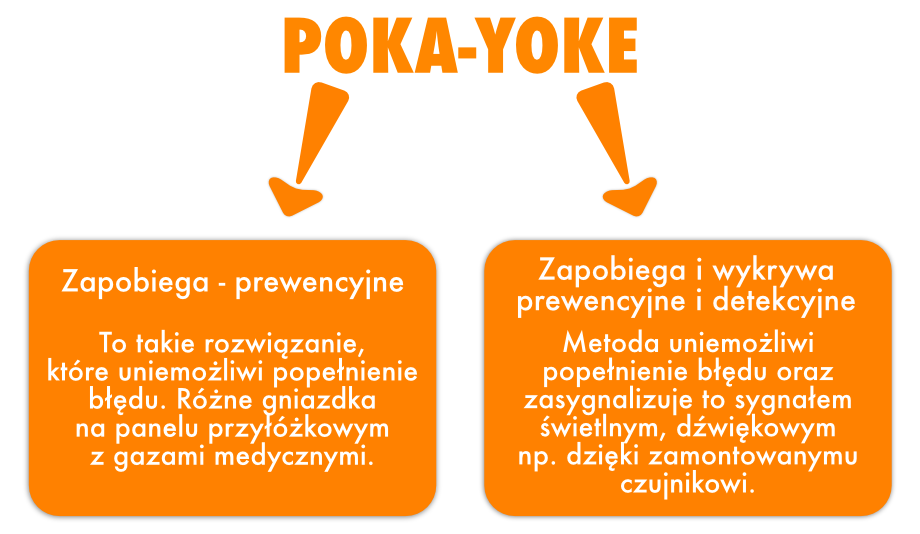
Poka-yoke examples
Medical equipment, machines and clinical processes with poka- yoke secures:
- wrong plug in medical machines
- performance wrong activities in next process stages
- omission activity in clinical process or its realization in wrong order
Visual Management
Visual management in healthcare
Visual management is one out of many lean management tools essential to professional fields and also life areas. The purpose of VM are process improvement and defining a perfect procedure.
Basically it’s a concept of simple and intelligible signs e.g. graphics on hospital premises to organize area, monitor work, appliances and equipment in use. It makes simpler to evaluate an actual state, quicken reaction on issues during a process and facilitate communication. Visual management reinforces patients and employees safety because of self-restraint feature. All tools are very obvious and intelligible for its users and allows to standardize procedures and make them much more consistence. One of the elements of visual management are floor markings that determine placement of equipment, appliances, wheelchairs and hospital beds. It may also be defined by light indicators.
By using VM in healthcare facility work standards are ensured because it’s possible to equate actual state with the desired one, and what’s more, evaluate if it’s close to being perfect or detect any aberrations.
Compelling constituent while implementing VM tool is awareness and engagement of staff in favour of safety improvement, standardization and enhancement of work and services quality level. It is recommended to divide this implementation into separate departments. Starting with visual management in medications and medical dressings stockrooms or clean-up personnel and utility rooms or surgery. Competent implementation and awareness of respective staff groups will trigger mutual learning between them.
Examples of visual management tools in health care facility
- illustrating activities of a process
- placement and intermediate storage area e.g. hospital beds, wheelchairs, ultrasound scanner
- determining borders for equipment and appliances
- passing simple statements to a patient or personnel – light indicating access to an office
- designating passageway and isolation passageways that cannot cross each other
- organizing workspace and assigning appliances to its stationary place – 5S tool
- using message signs
- organizing documentation
- differentiating job positions by uniform colour
- increasing work and services quality level
- reinforcing safety of personnel and patients
VM improves processes by direct and indirect actions that have huge impact on health and life of patient and personnel safety at work.
In the age of usage of infographics, posters and statements presented in a pictorial form, are organizations able to adequately manage risks, which occur in the processes, not only clinical but also supportive?
This is possible in every medical institution. As the manufacturing industry strives to minimize issues and downtimes as the medical industry is striving to reduce the occurrence of medical adverse events. Often medical incidents, adverse events are caused by ignorance, lack of qualifications or non-adherence to follow procedures. An important element is documenting of incidents, analyzing them and finding the source of the problem. An electronic public health service platform, which allows public administration authority and citizens gather, analyze, and share resources about medical events may be helpful. The purpose of the platform is to exchange information, better crisis management and statistics as well as improvement of quality of provided services. This project was called P1 System [Kaczorowska-Kossowska 2013].
Some statements may be simplified and presented in a visualized form. Visual management is not introduction of graphical information for the presentation itself. The objective of visual management is to control process and to assist in risk management. Not always examples of image content will qualify as an example of visual management.
The purpose of usage of visual management is to allow for indication of deviations, which occur in the process and then quick reaction to minimize or compensate them. Another objective is to present the current situation of the process, it may be a work schedule, hygiene plan for a specific hospital ward or matrix of competence which indicate the persons which may replace specialists during their absence.
The forms of visual management that can be encountered in medical institutions include:
- Boards with admission dates
- Signs that point the way
- Signs such as “caution, wet floor “
- Lights – ANDONS – above the door of the doctor’s office which inform the patient about the possibility of entering the office
- Instructions for hand washing in the form of graphics or photos
- Procedures in form of flowcharts
- Graphics defining security and ergonomics such as no smoking, quiet please, please turn off mobile phones in hospital registration
Performance based on quality standards also allows for detection of issues and incompatibilities, which should be removed and also allow employees and managers to gain knowledge. Detection of incompatibilities and observations will allow to conduction of training and improving the qualifications of employees. Incompatibilities may apply to medical documentation, protection of personal data and ignorance of staff regarding procedures. Opportunity is to increase staff awareness of the importance of quality in medical services. Performing internal audits and reporting increases the safety of patients and employees. Work becomes standardized and because of visual management elements such as process maps, both the patient and the employee can determine the next steps or stages of the process. Work in the medical industry is variable, patients change, their conditions, afflictions, law or range of reimbursed services. The institution to survive has to adapt to these changes otherwise it will become an uncompetitive institution with an average opinion. The use of procedures, standards and quality principles wouldn’t be easy without effective communication. The use of intranet, information boards or web page improves communication and increases knowledge and awareness of employees. Regular publication of educational materials demonstrates commitment not only to the patient’s treatment process while patient stays in the institution but also in teaching and raising awareness about healthy living and civilization diseases of the local community.
In order to control the process through visualization, it is important to update the data at a specified frequency. This will allow each participant in the process to know its status and next objectives. It is also motivation function because it encourages employees to follow the indicated graphics and to perceive situations in which the process contains issues.
Visual management in health care facility
